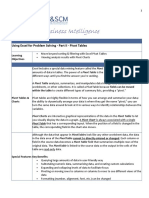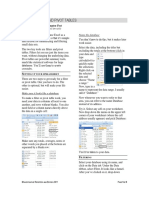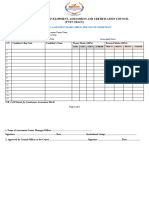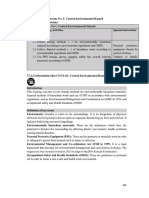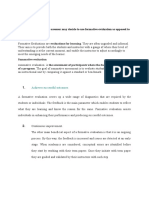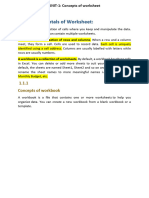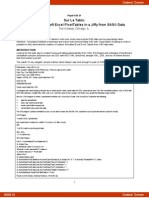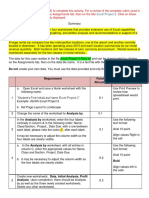0% found this document useful (0 votes)
76 views45 pagesAdvanced Excel Notes - Week 2
This document provides a comprehensive guide on using Excel for data analysis, focusing on Pivot Tables, Power Query, and dashboards. It covers the creation and manipulation of Pivot Tables, data importation from external sources, and the use of filters and slicers for data management. Additionally, it outlines the phases of Power Query and the considerations for building effective dashboards.
Uploaded by
Dante MutzCopyright
© © All Rights Reserved
We take content rights seriously. If you suspect this is your content, claim it here.
Available Formats
Download as PPTX, PDF, TXT or read online on Scribd
0% found this document useful (0 votes)
76 views45 pagesAdvanced Excel Notes - Week 2
This document provides a comprehensive guide on using Excel for data analysis, focusing on Pivot Tables, Power Query, and dashboards. It covers the creation and manipulation of Pivot Tables, data importation from external sources, and the use of filters and slicers for data management. Additionally, it outlines the phases of Power Query and the considerations for building effective dashboards.
Uploaded by
Dante MutzCopyright
© © All Rights Reserved
We take content rights seriously. If you suspect this is your content, claim it here.
Available Formats
Download as PPTX, PDF, TXT or read online on Scribd
/ 45























